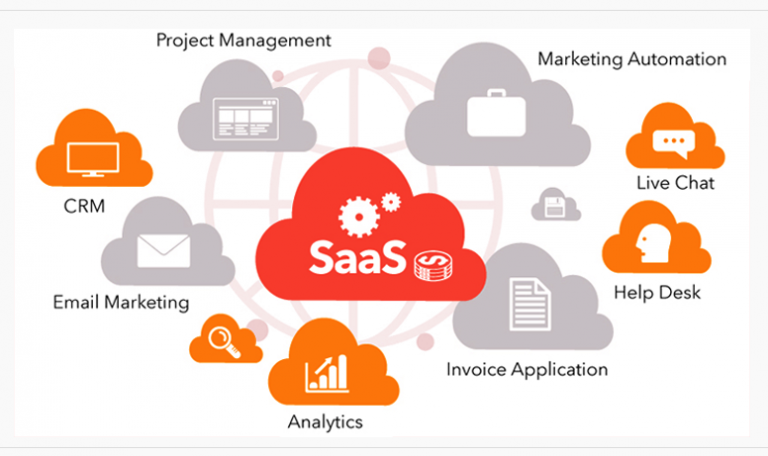For quite some time, businesses have been and still are using Marketing Qualified Lead (MQL) and Sales Qualified Lead (SQL) as indicators of a prospect’s likelihood to become a customer and qualifiers to pass leads on to sales.
Whilst it still works, there’s a better qualifier for SaaS and software companies - that’s called Product Qualified Lead (PQL).
This is particularly helpful for B2B SaaS and software companies due to the nature of longer sales cycle, competition is higher, general quite high touch, higher Customer Lifetime Value (CLV), freemium business models and free trials.
Before we get deeper into MQL vs PQL, let’s define them first.
What Is A Marketing Qualified Lead (MQL)
Marketing qualified leads (MQLs) are prospects who have taken online actions and share the characteristics of an ideal customer that indicate or rather gives you an inkling of buyers’ intent. This is quite subjective and relies on online actions such as website visits, webinars and gated content downloads.
What Is A Product Qualified Lead (PQL)
Product qualified leads (PQLs) are prospects who have used a product and taken actions that signify a strong likelihood of becoming a paying customer. Indicators you might use for a PQL are number of features a user used during their free trial and questions logged with support team. This will differ company to company.
The MQL Mismatch
What usually happens is marketing will create a set of criteria on what an MQL and SQL should be based on online behaviour such as viewed pricing page, downloaded free resource etc.
Once a contact completes the criteria, they will be passed onto the sales team to call. Often sales development reps (SDRs) would use the BANT (Budget, Authority, Need, Time) or HubSpot’s sales qualifying formula, GPCTBACI (Goal, Plans, Challenges, Timeline, Budget, Authority, Consequences, Implications) formula to determine likely the prospect will become a customer.
In the SaaS and software industry, customers are accustomed to and have learnt to expect free trials or freemium versions of your product to educate themselves by testing the product firsthand.
By sticking to MQLs and overlooking product during the buying experience, SaaS and software companies are effectively missing out getting deeper and more concrete insights into the buyer’s intent. That’s why it’s more powerful to use product qualifiers.
Who Is Product Qualified Leads For
Product Qualified Leads are particularly useful for the SaaS and software industry.
Though, I would apply aspects of PQLs to other industries too by asking yourself questions such as:
- What behaviour should I be looking out for in an engaged customer?
- What behaviour or characteristics do unengaged/struggling customers share?
- What do the current successful customers have in common?
- What kind of content do engaged customers read?
- What was the feedback on ease of use?
- Did the lead do what a 10/10 lead would do in the first 30 days?
How To Apply PQL In Your B2B Business
If there’s one thing to take away from this blog, it should be this: Make your customer’s success when using your product the priority. That’s how you can define a successful PQL.
According to Intercom, 1% improvement in customer retention can increase a company’s bottom line by 7%. During the free trial period, your prospects are sussing out to find out if it’s the right solution for them.
It’s important to 1) ensure their trial period is a success, 2) proactively communicate and 3) show that you are there to help them achieve their goals.
At this stage, there’s little commitment and a lot of hesitation but interested enough to give your product a shot. So, strike while the iron’s hot!
The 4-Step Framework
There are so many ways you could slice and dice what a PQL could be for your business. This would depend on many factors - one being what your product offering is!
1. Set Success Milestones
A good place to start is to set up success milestones. These milestones will look different for different companies. For Slack, it’s when an account reaches its 2,000 message limit. For Databox, it’s when an account has at least 3 data sources connected.
2. Analyse Consumer Behaviour
Then, brainstorm and analyse online and offline behaviours that correlate with users upgrading to a paid solution. Also consider what consumer inactivity looks like. With a platform like HubSpot and Intercom, you’ll be able to look through a contact’s timeline to see what actions they took and what they interacted with.
3. Identify Commonalities
Then, analyse your existing customers and find commonalities amongst your successful AND unsuccessful customers.
4. Align Favourable Attributes To Business Goals
Now it’s time to bring it all together and align the attributes to the business goals and bottom line.
You might want to consider tiering the favourable attributes so that sales can prioritise hotter prospect and those who are lower down the funnel.
Here are some attributes to consider:
- Number of users added
- Number of features used
- Enquiries about products
- Time spent using your product
- Number of knowledge base articles read
- Attending local user groups
- Number of times logged into account
- Installing integrations or add-ons
Nailing your PQL definitions will help guide marketing, sales, customer support and product teams and have everyone more aligned with the overarching business goals. Getting it right can tremendously impact your customer acquisition and nurturing strategy!
What is “right” will evolve over time. So, remember to review your lifecycle stages and their definitions periodically (every 6 months or so)! You will find new insights from wins and mistakes, your business will grow and evolve and so should your lifecycle stage definitions.
This process of developing can be tricky the first few times. If you need help with mapping out your funnel or perhaps want a fresh pair of eyes, let’s chat! Book a Discovery Call with me.
